Fish for supper? Print it out
A simple recipe for Dal Soup
My printer eats paper almost as often as I eat food. How frequently, do you suppose, does a 3D printer go doollaly? When they don’t, they can spew out parts for cars and planes, industrial tools, medical and dental products and prosthetics. And guns, of course, which apparently can’t be detected by airport x-ray machines.
Now an Austrian seafood company has used a 3D printer to print out 3D plant-based salmon. Yummy.
Made from algae, mycoprotein (derived from fungi) and pea protein, it is said to have the flakiness and juicy fibres of the genuine fish. It’s made by Revo Foods using 3D MassFormer technology (which has a patent pending). Robin Simsa, Revo Foods’ CEO, says the production process “allows the recreation of highly complex plant protein structures that resemble the muscle strands of salmon or tuna.”
How to feed the world’s exploding population is an increasingly urgent challenge, needing radical solutions. Being neither scientist nor farmer, what I wonder about is that pea protein. Crucial to vegan foods, it comes from yellow split peas high in protein and dietary fibre and low in fat. These pulses are dried then ground up into a fine flour and mixed with water. Most of the starch and fibre is then removed and the resulting paste dried out and ground once more into an even finer powder.
If you live in India, you will be a regular eater of dals, thick, spicy stews made from dried lentils, pulses and yellow split peas, with each state cooking their moong, urad, chana, arhar, toovar, masoor, kalachana, chhola, lobhia or rajma dal in a different way, some incorporating vegetables like eggplant, okra or tomatoes, most of them finishing them off with a tarka - the browning of spices like cumin, mustard or fenugreek seeds, or ginger and crisped finely sliced onion, in ghee or oil that is poured over the dal.
Dals are also common to the cuisines of South Africa, Jamaica, Trinidad and Tobago, Fiji, Suriname, Guyana, and Mauritius. Since the Qing Dynasty, yellow split peas have been turned in Beijing into Wandouhuang, a sweet cake of pressed pea puree that originated with the Han population.
On the island of Naxos where the best capers I’ve ever eaten grow, the Greeks make fava, a split pea puree they top with those capers and raw onion.
(This is not to be confused with fava from Puglia, where it’s made from dried broad beans, and stewed wild chicory or dandelions form the topping.) The Dutch and the British make split pea soup, a winter staple flavoured with a ham hock.
I suspect none of these nations, except, possibly, the Dutch and the British, expect regular infusions of salmon from the sea, so would be unlikely to demand salmon from a 3D printer. Given such salmon (and so many other plant-based substitutes) demand huge quantities of split peas to be grown to create the necessary powder, could we not instead be encouraged to consume that pea protein, as so many countries do, in its original form? Dals are delicious.
Food seems to be falling into the same pit as fashion, where manufacturers such as Target and Primark, keen to grab the widest possible market, produce knock-off catwalk clothing so cheaply people can afford to wear it only once, at the expense of underpaid women and children producing it in sweatshops. Diners now want supermarkets to provide everything they used to look forward to only when they went to a restaurant for a celebration.
The British were introduced to dals (and so much more) in 1982 by Madhur Jaffrey’s Invitation to Indian Cooking. The 90 year old, now living in New York, is as fine a cook as she is an actress. Through the BBC TV series that accompanied the original publication, the British embraced Indian food with an enthusiasm only exceeded by their hunger for Chinese take-aways. 2.5 million Brits eat out weekly in one of nearly 12,000 Indian restaurants. It’s a UK industry worth an estimated £3.6 billion/$4,406,040,000, employing around 80,000 staff.
Obviously I can’t say this with any authority, but I doubt Madhur Jaffrey would want to eat a 3D fillet of salmon. Her seminal cookbook will give you enough dal recipes from various pulses and legumes to keep you happily fulfilled with no thoughts of fish from the sea or the printer. In November, the month in which the British celebrate National Curry Week, a 50th anniversary update of An Invitation to Indian Cookery will be published in the US and the UK.
With autumn landed, here is a simple but cosy soup, from my own bespattered copy of An Invitation to Indian Cooking.
10 ounces=285g
2½ pints=1.40 litres
½-¾ inch=1½ cms-2cms
10 inches=25cms
Come and say Hello!
I’ll be signing copies of Bruno’s Cookbook with Martin Walker
in Washington DC at Bold Fork Books on 7 November and at Politics &
Prose on 18 November
He will be at Poisoned Pen, Scottsdale AZ and on November 13, St Louis County Library, St Louis MO on November 15, with more dates coming up for passing on.


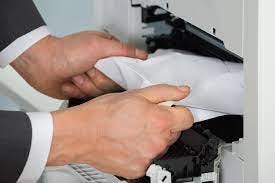

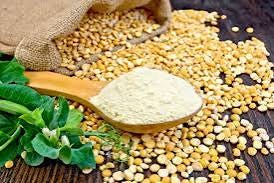
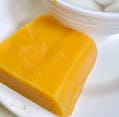
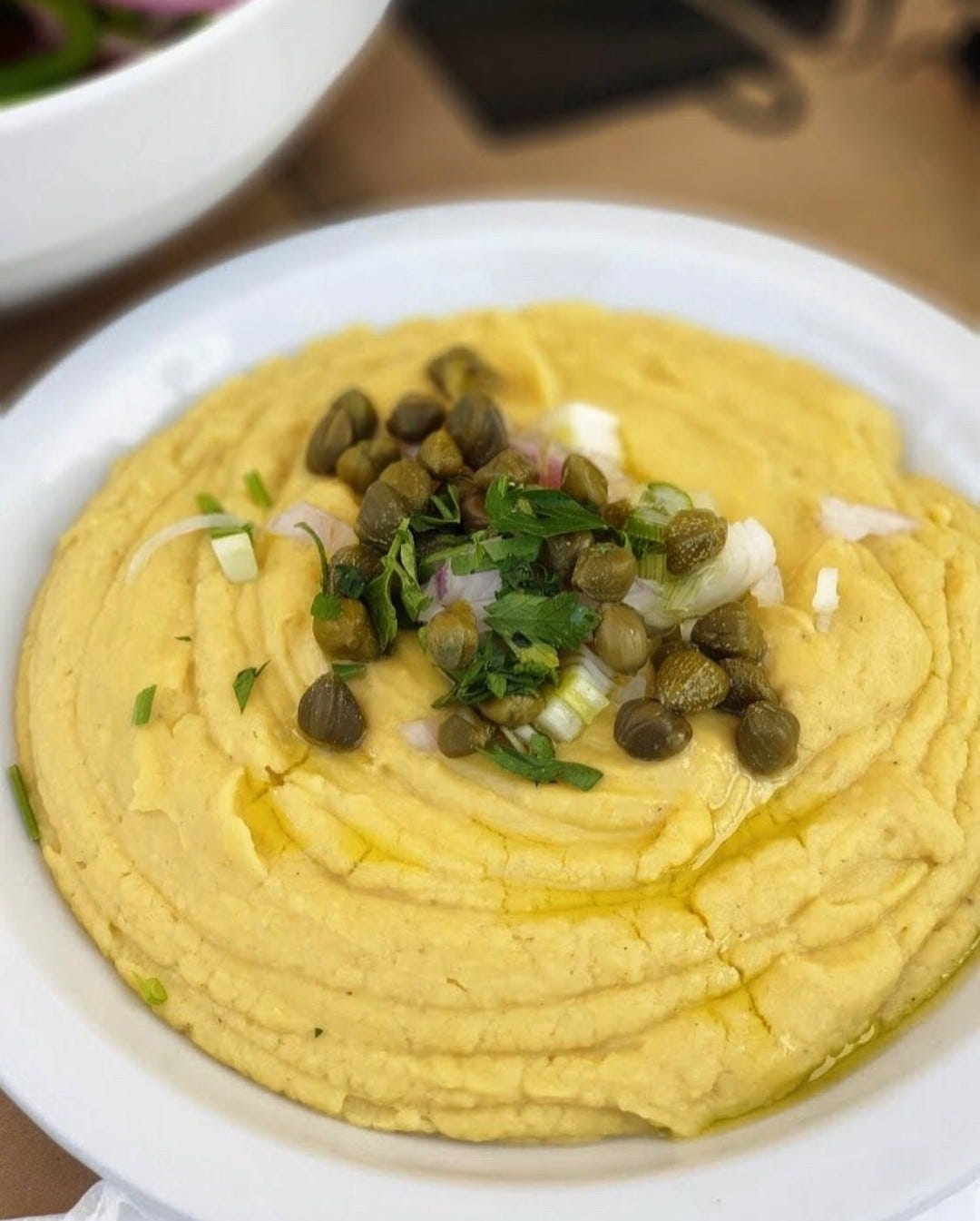


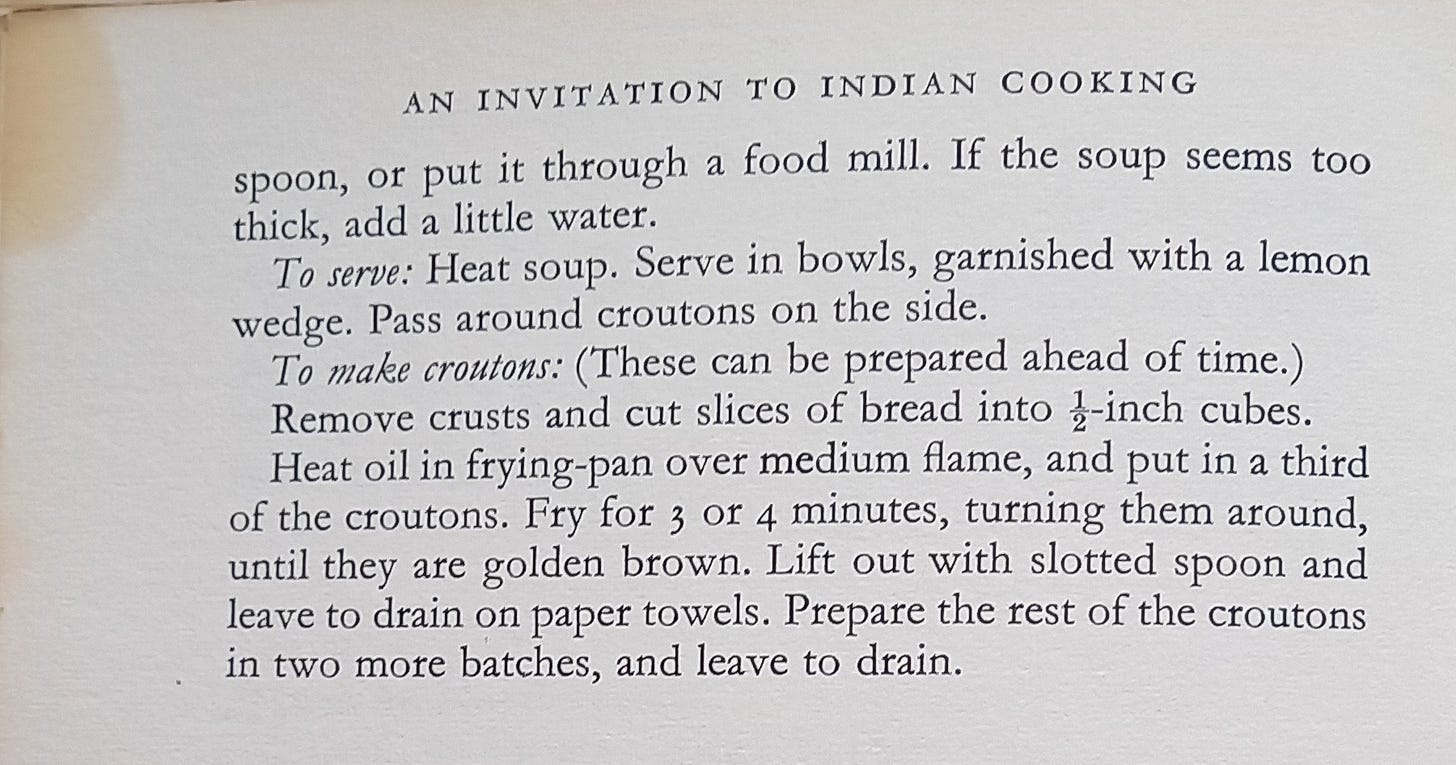
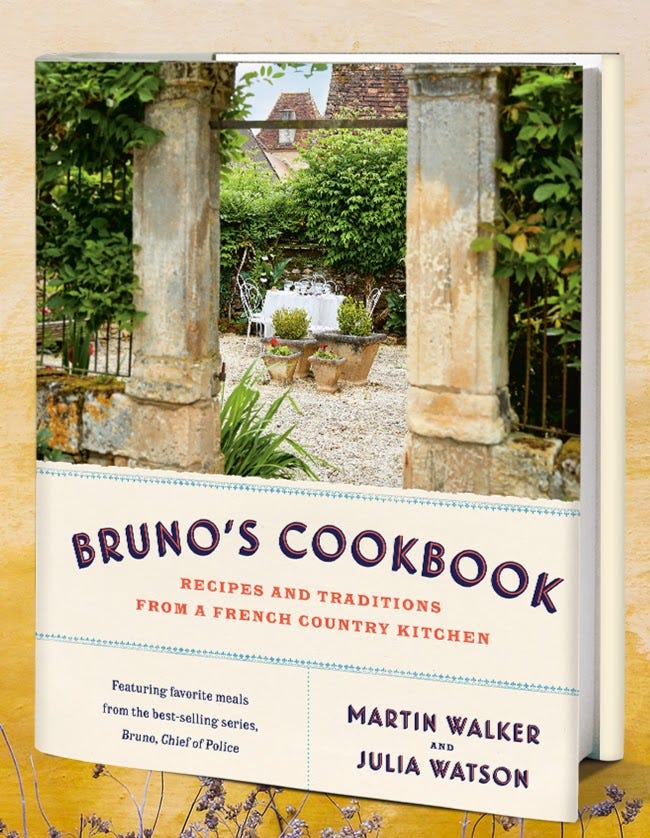
As usual, I'm in full agreement with you! I'd far rather have a tasty dal, or the Greek dish with the capers, or a big plate of pea and ham soup any day, than an artificial piece of salmon. Incidentally, I use green nasturtium seed pods as a caper substitute! And I had to laugh over Madhur Jaffray's inclusion of cloves in her dal soup - it reminded me of a voyage I once made. The bosun went into the galley, had a taste of the soup of the day, and decided it needed some pepper to give it a bit of oomph. Unfortunately, the container he picked up contained not pepper, but ground cloves. And he was nothing if not generous with his seasoning ... I hope the fish enjoyed it!
Love the Dal Soup recipe...it's been a while since I've cooked from Jaffrey's books. This is just the nudge I need. Thrilled that your cookbook is coming out in the states. Are you doing any book signings in NYC?